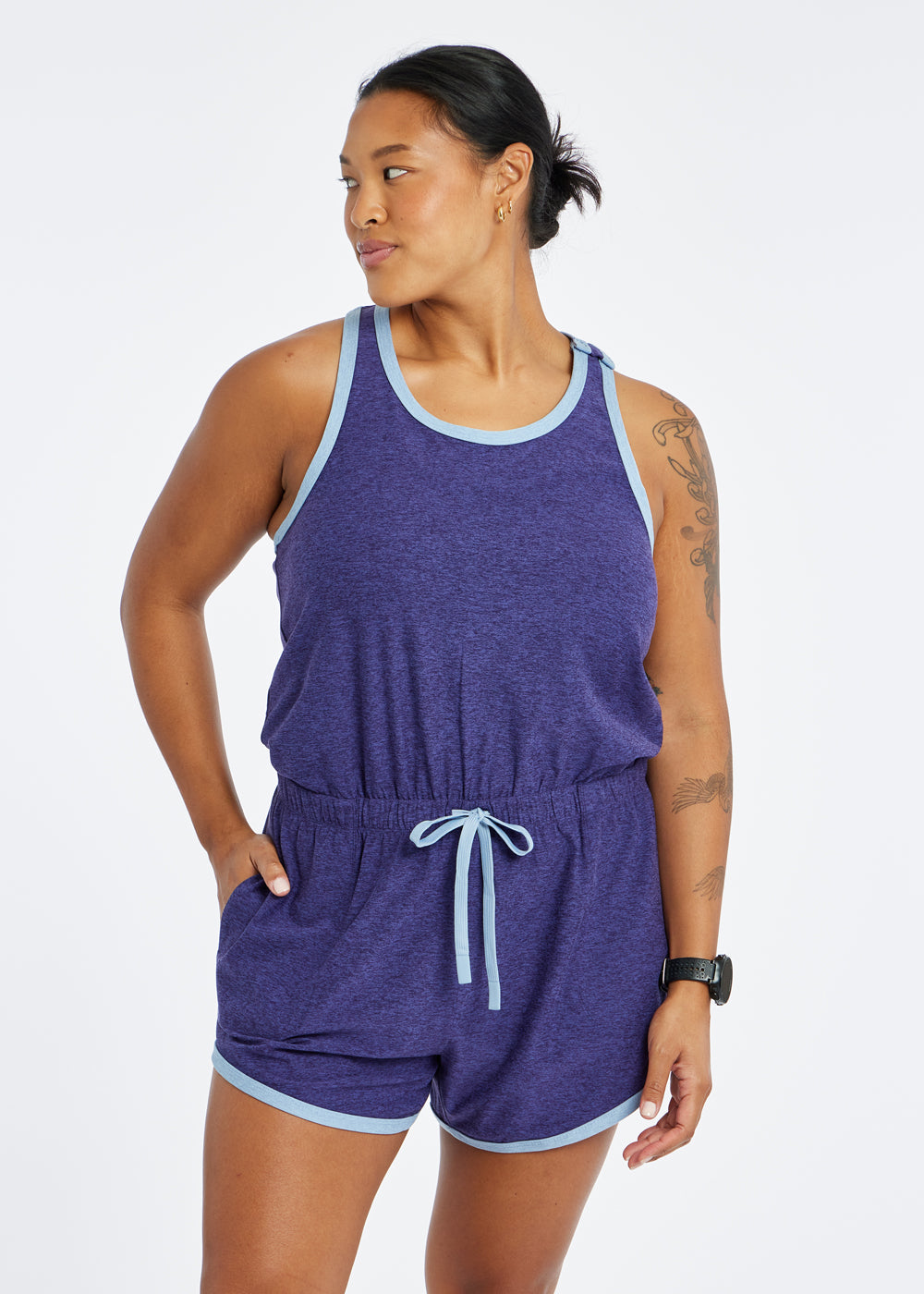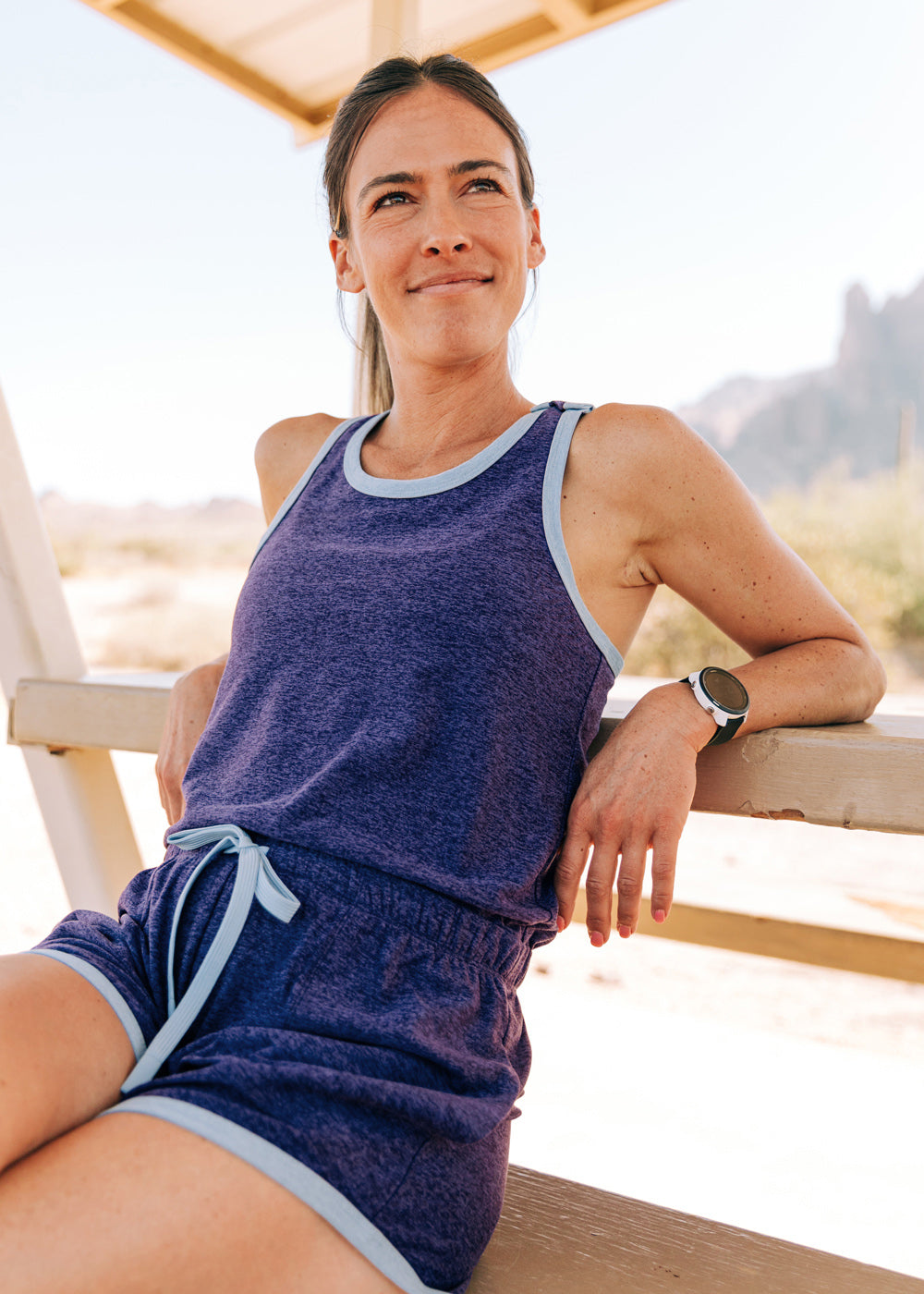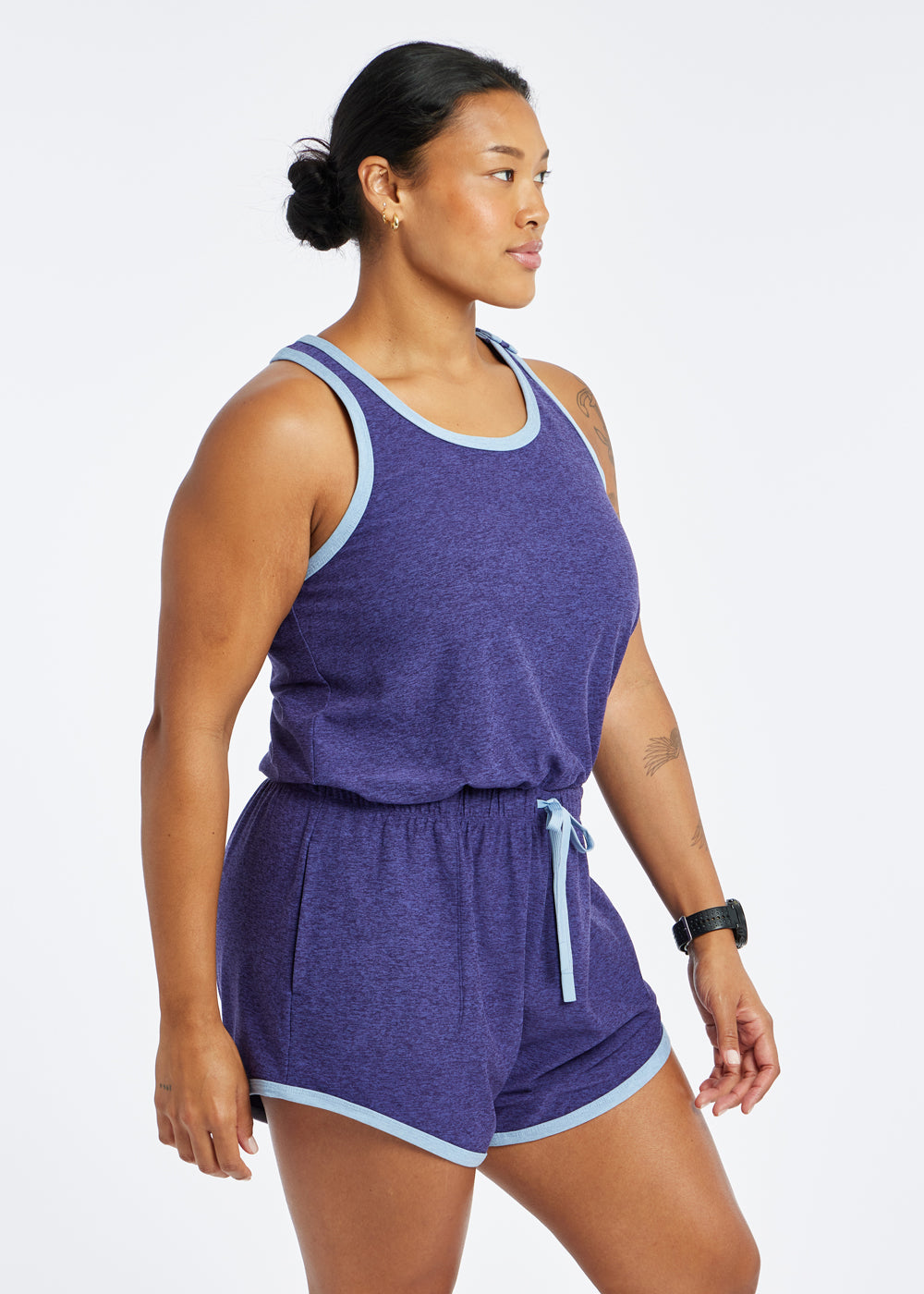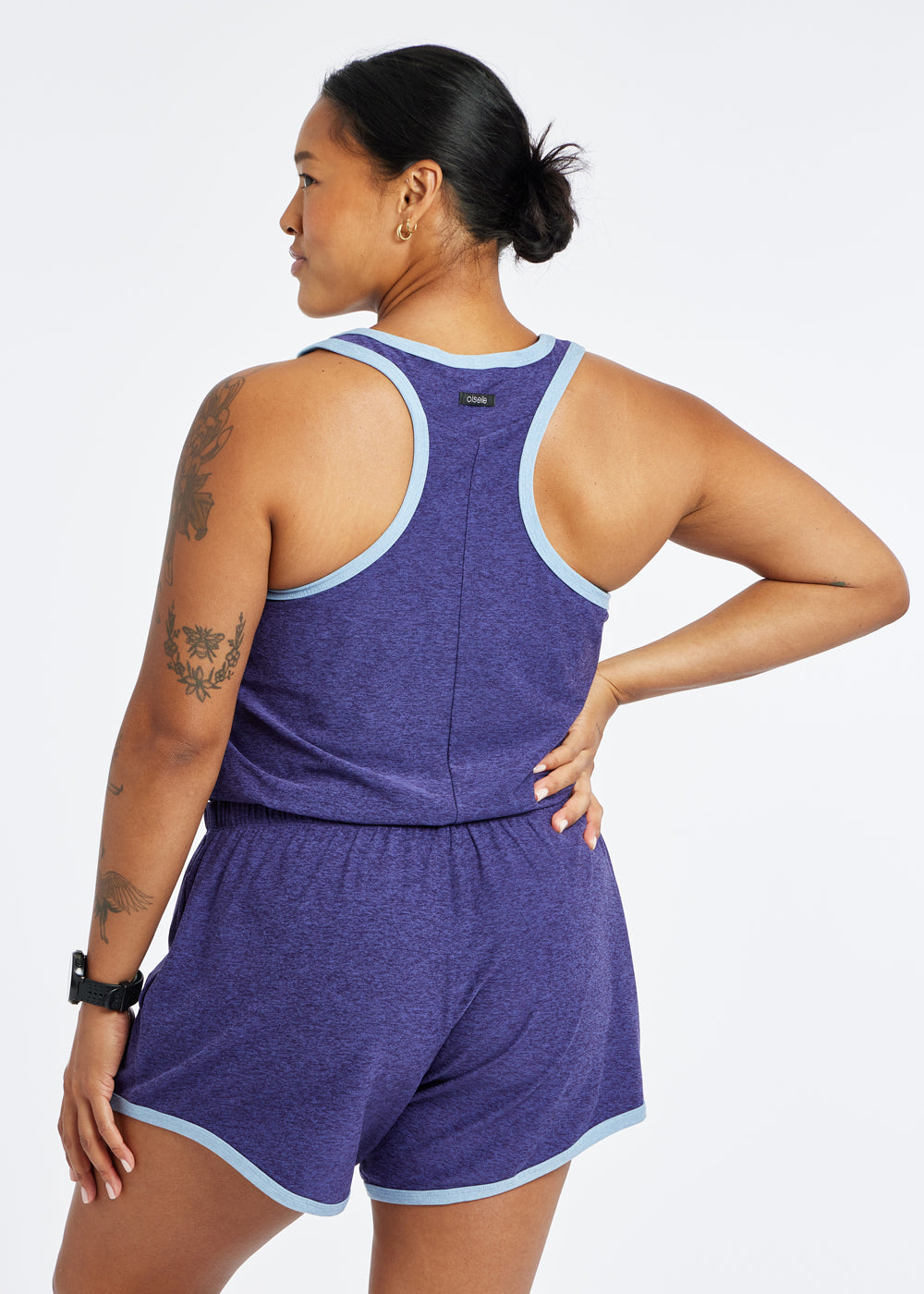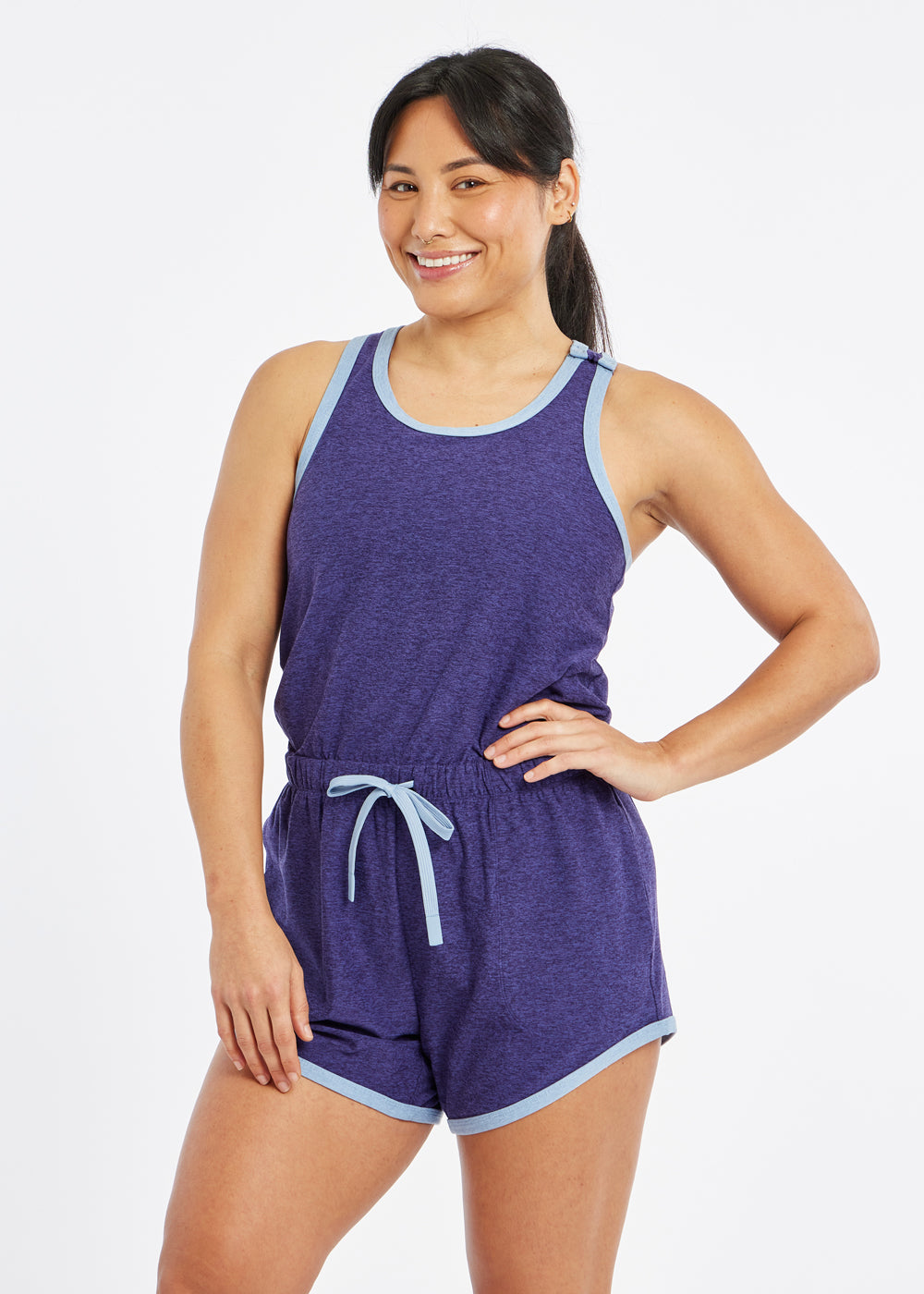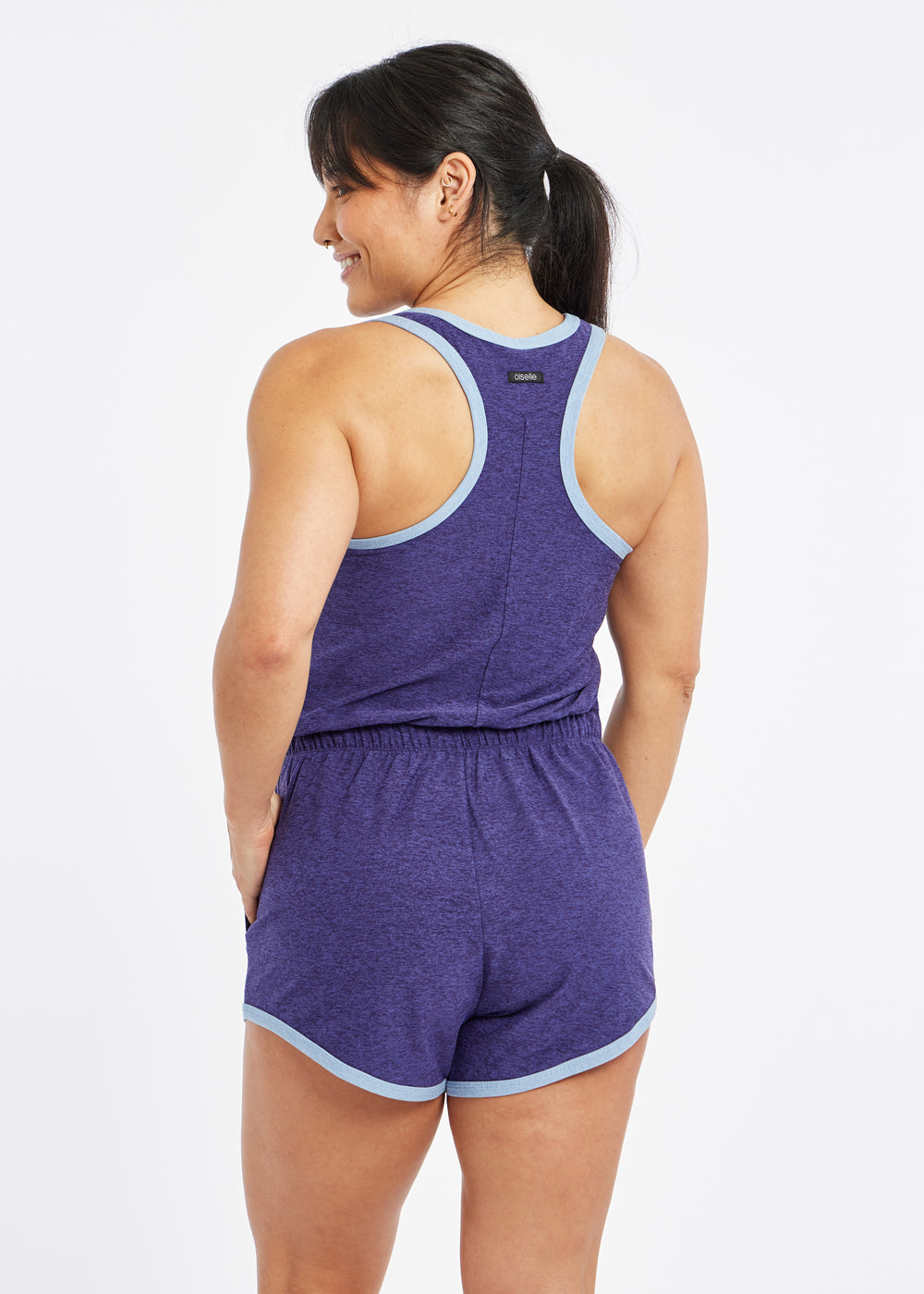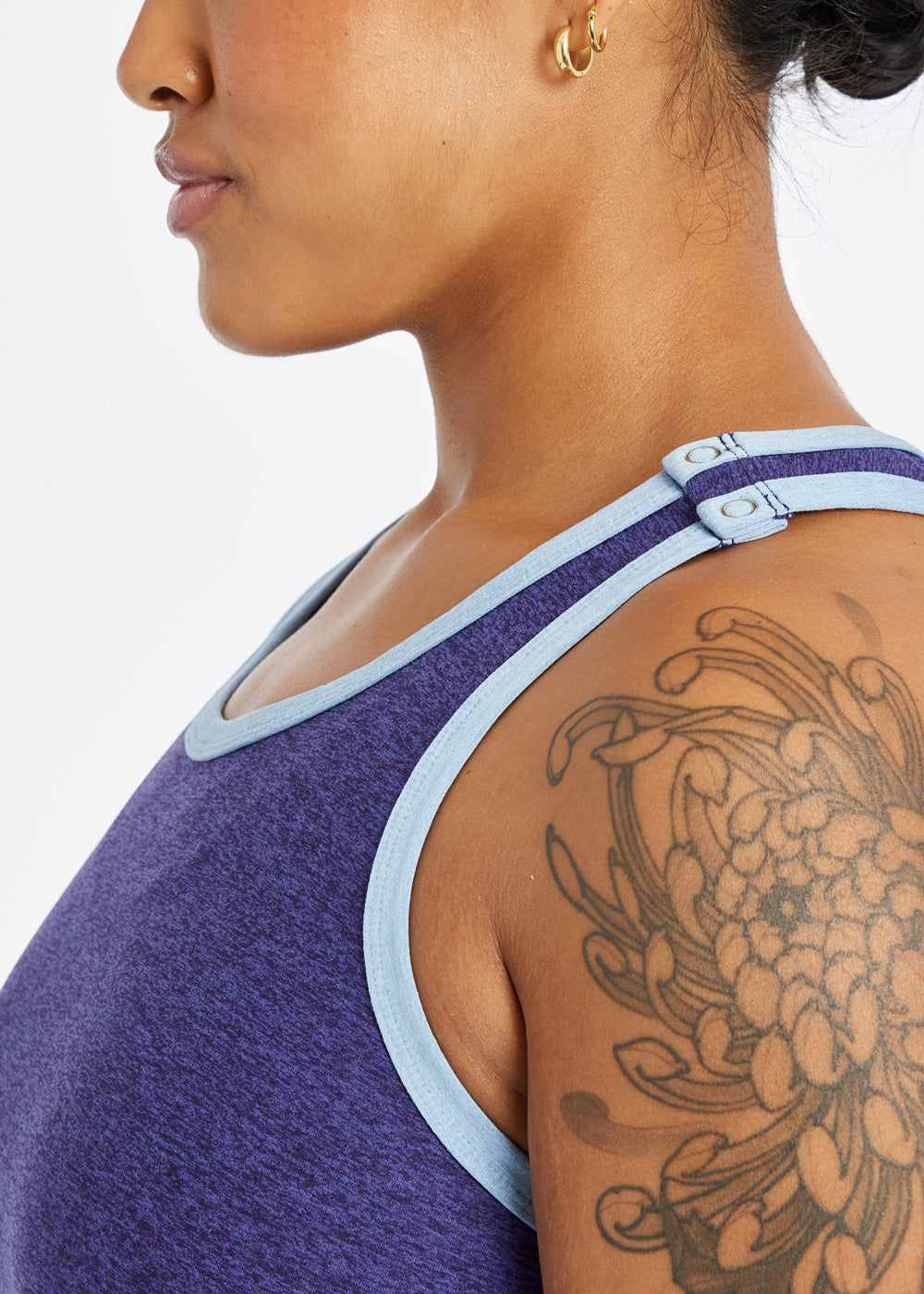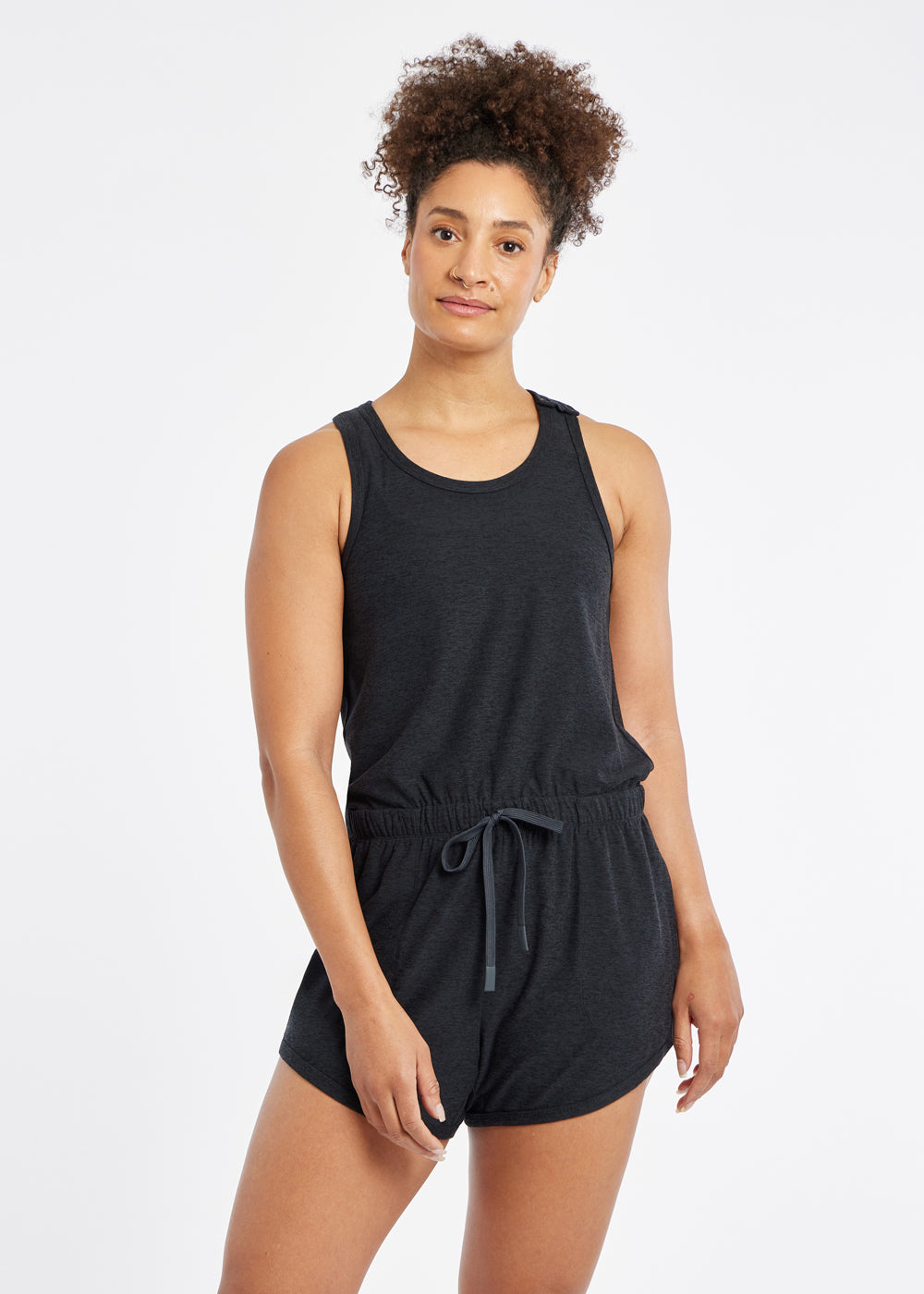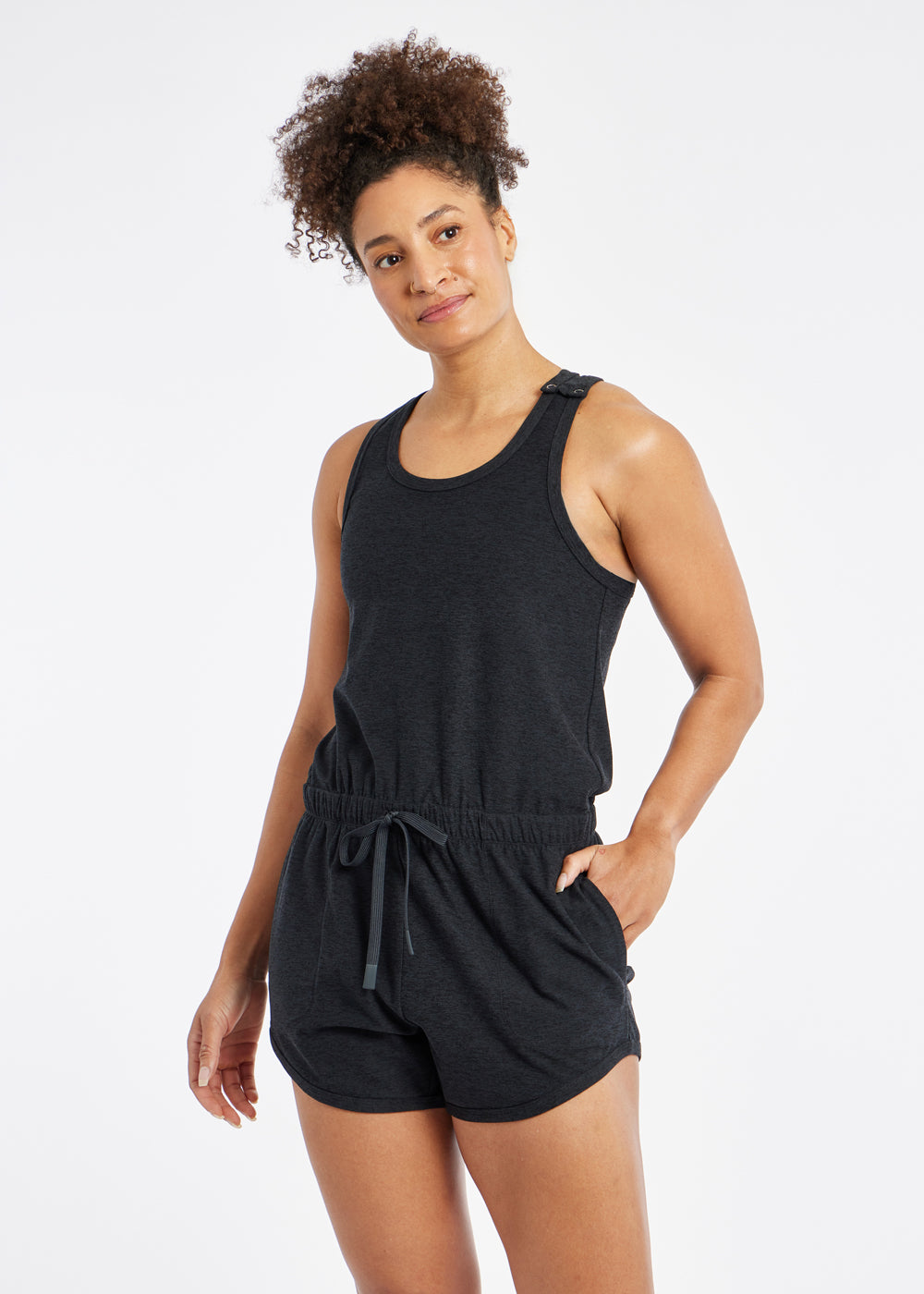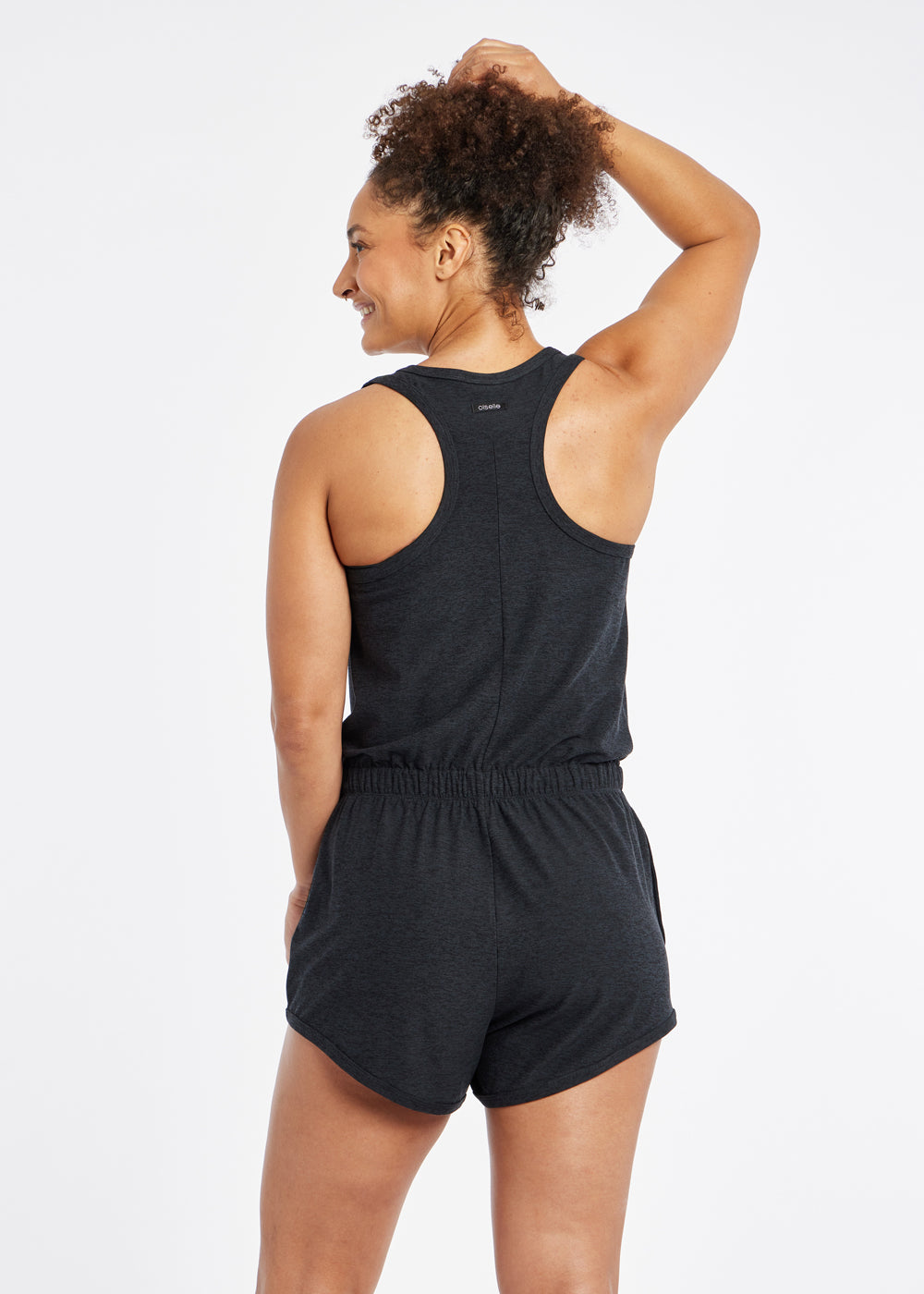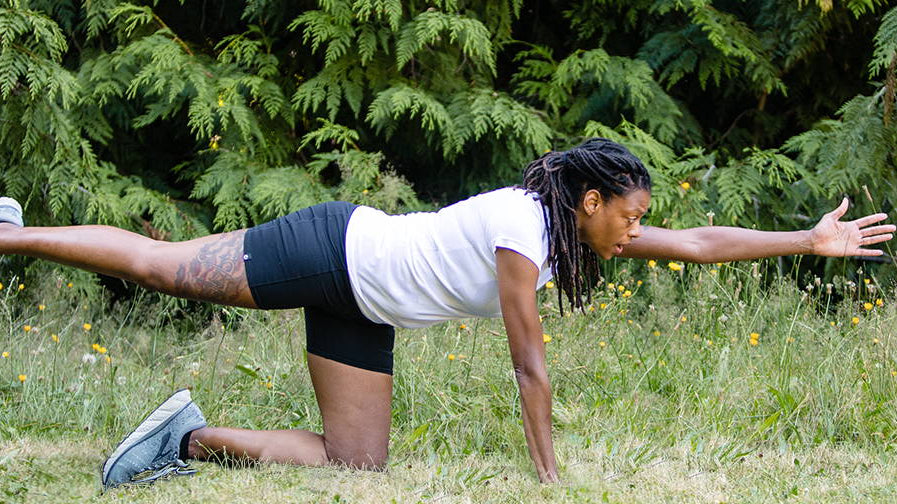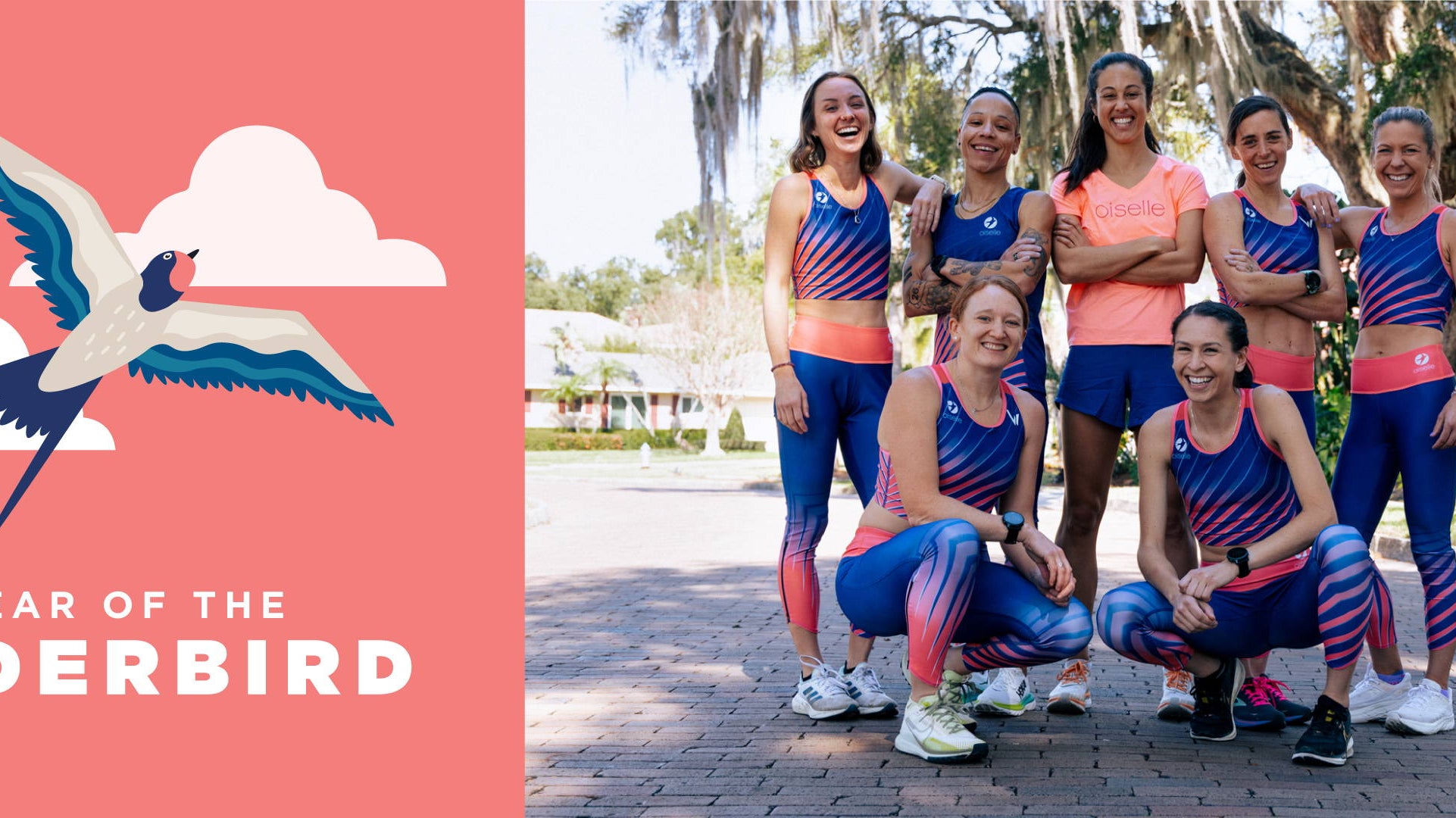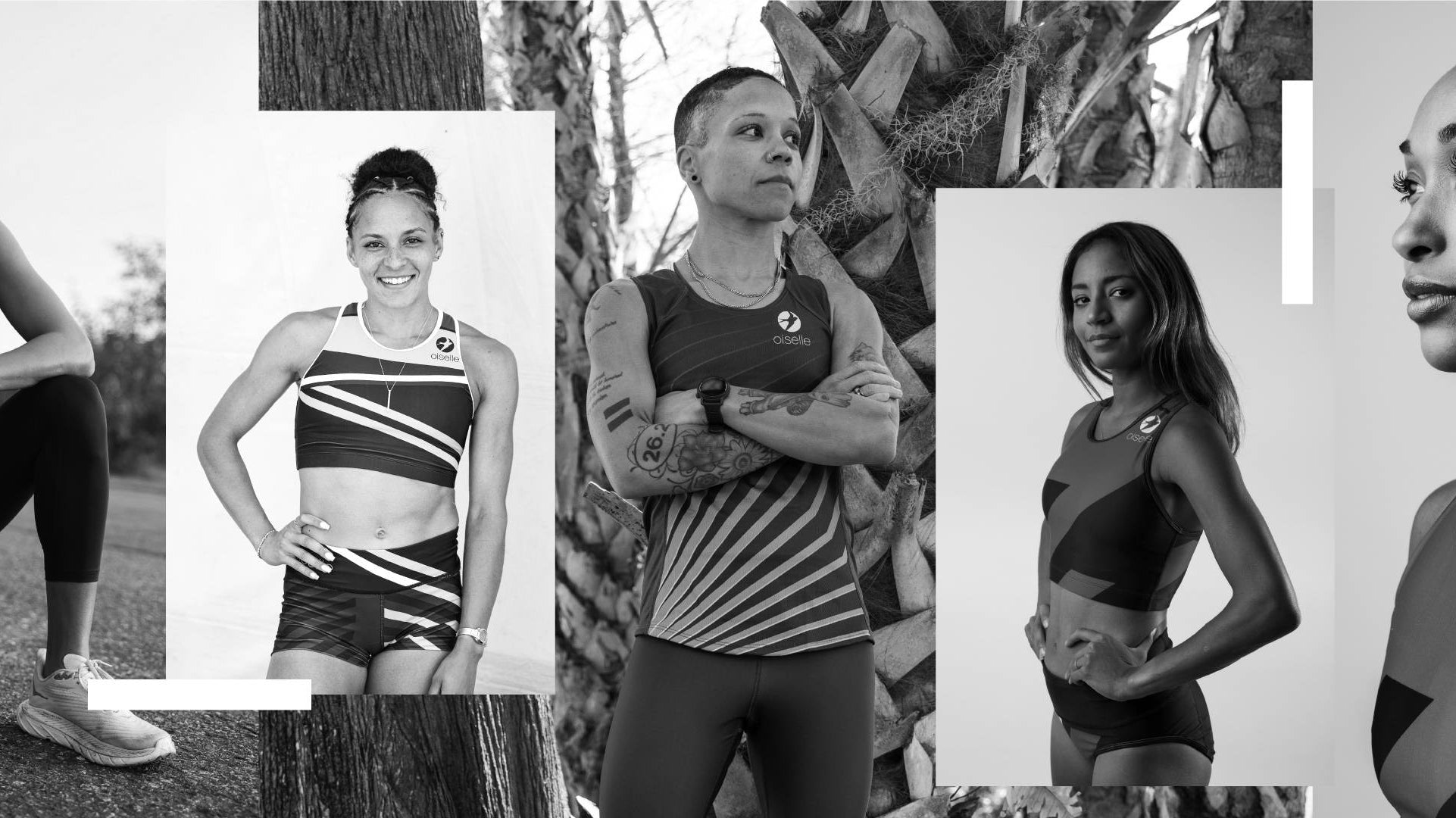All women’s bodies are beautiful, worthy, and deserving of the right support! The right sports bra is our freedom, and our essential equipment.
Follow our Three Easy Steps below - to determine your bra size.
A few things to consider when selecting a sports bra:
Bodies change over time.
Our bodies change more than we think — with potential for dramatic differences over a lifetime. Many factors can contribute to breast changes, including puberty, weight gain/loss, pregnancy, breastfeeding, illness, surgeries (including reduction, augmentation, or gender affirming procedures), hormone therapy, exercise, nutrition, etc. This is normal. The key is to remember that just as your life changes, so do your sports bra needs.
Sizing is variable by brand.
Sports bra sizing by manufacturer is highly variable. Unfortunately, the industry hasn’t done us any favors, and there is no true, universally accepted sizing system. There are some industry standards, and ours adhere to those (explained below). Your best bet is to find the brand and sizing that works the best for you. We feel confident you’ll find something you love in Oiselle’s full spectrum of sports bras.
Personal preferences matter.
Everyone’s preferences are different! For example, when it comes to sports and running bras, some women prefer a locked down feeling with their sports bra, and some prefer more ease of movement. Those preferences should also be factored in when choosing a sports bra type and size.
Follow the steps below to determine your sports bra size.































